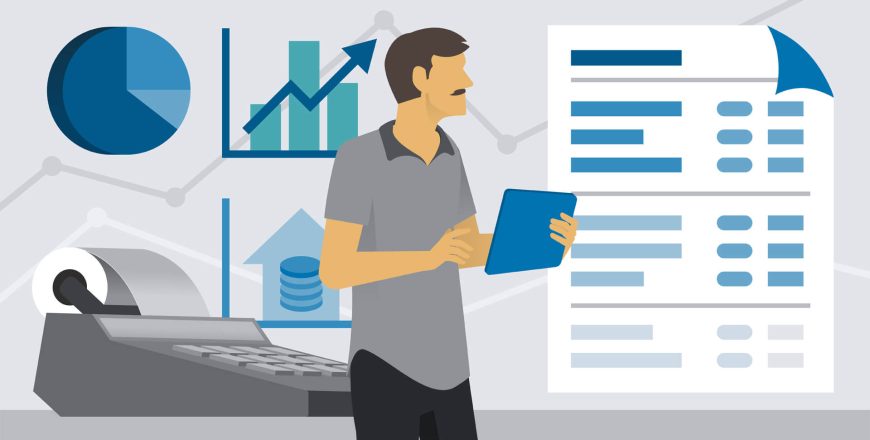
- Curriculum
- Reviews
SECTION 1: INTRODUCTION TO ACCOUNTING AND FINANCE
SECTION 2: EVOLUTION OF MODERN ACCOUNTING
-
8Stewardship Accounting
-
9Financial and Cost Accounting
-
10Management and Social Responsibility Accounting
-
11Human Resource and Inflation Accounting
-
12Main Branches of Accounting
-
13Difference between Financial Accounting, Management Accounting and Cost Accounting System
-
14Information Flow Chart
-
15Modern View of Accounting
-
16Users of Accounting
-
17Accounting Information
-
18Accounting Cycle
-
19Quiz
Stars 5
3
Stars 4
1
Stars 3
1
Stars 2
0
Stars 1
0




